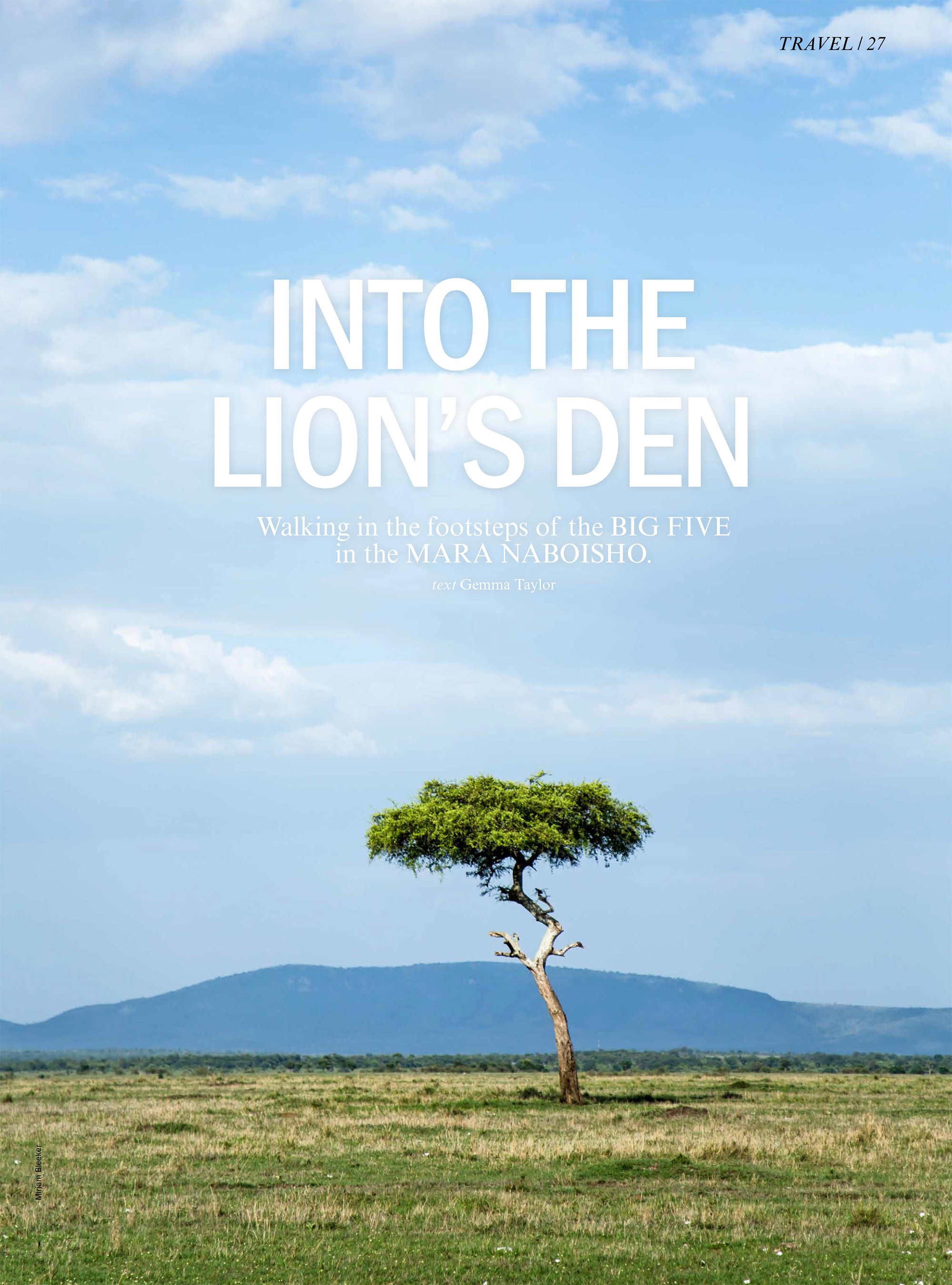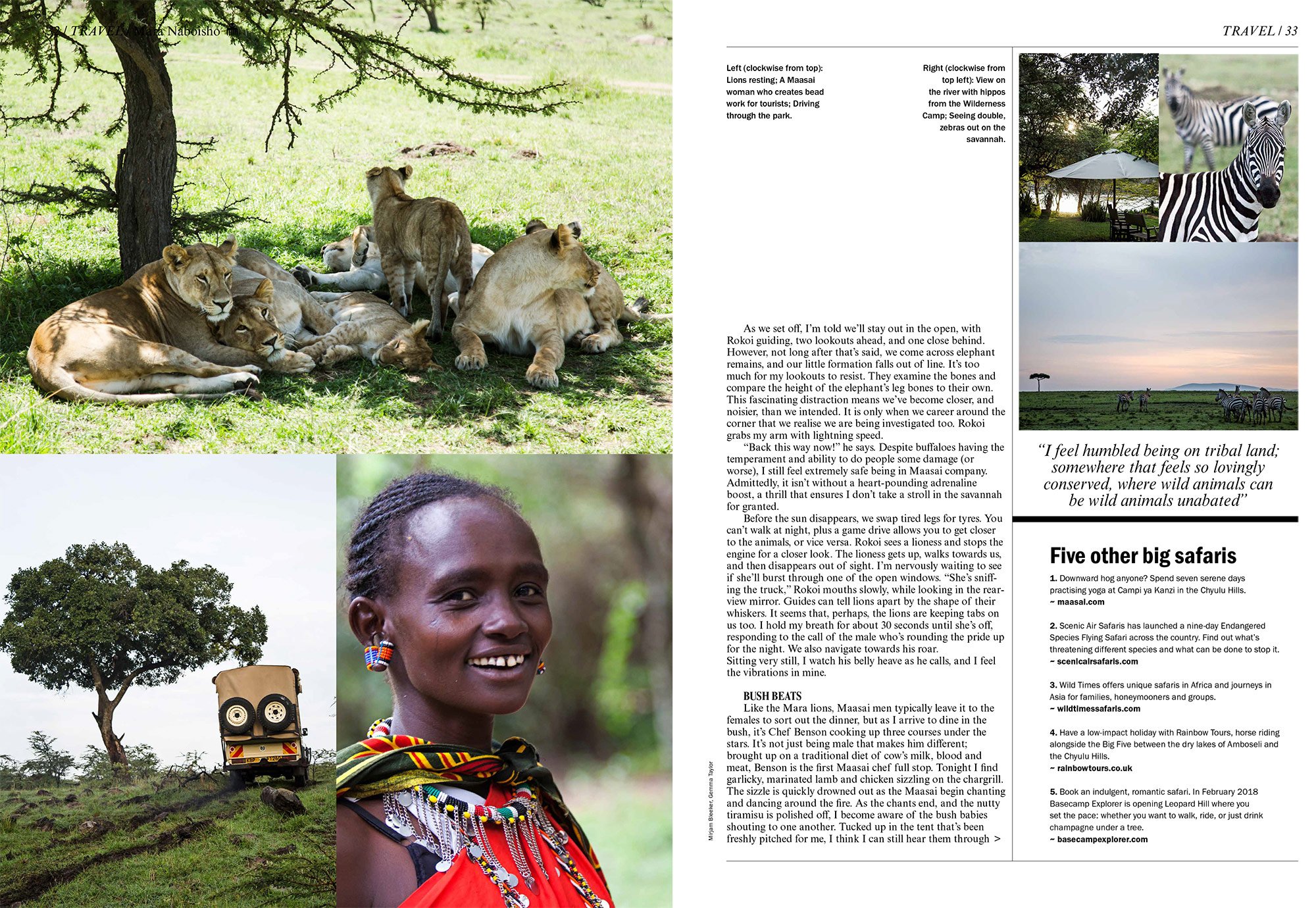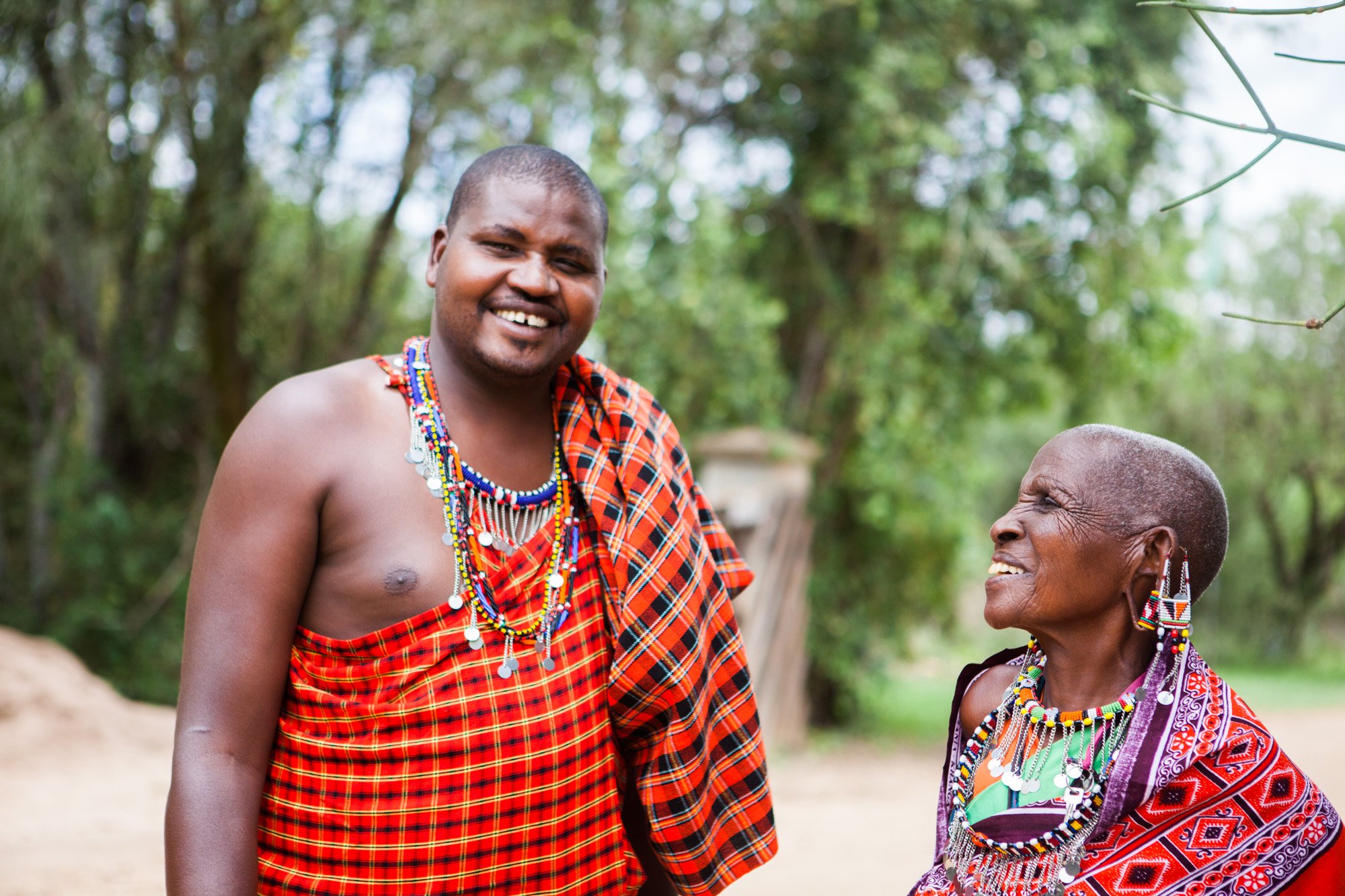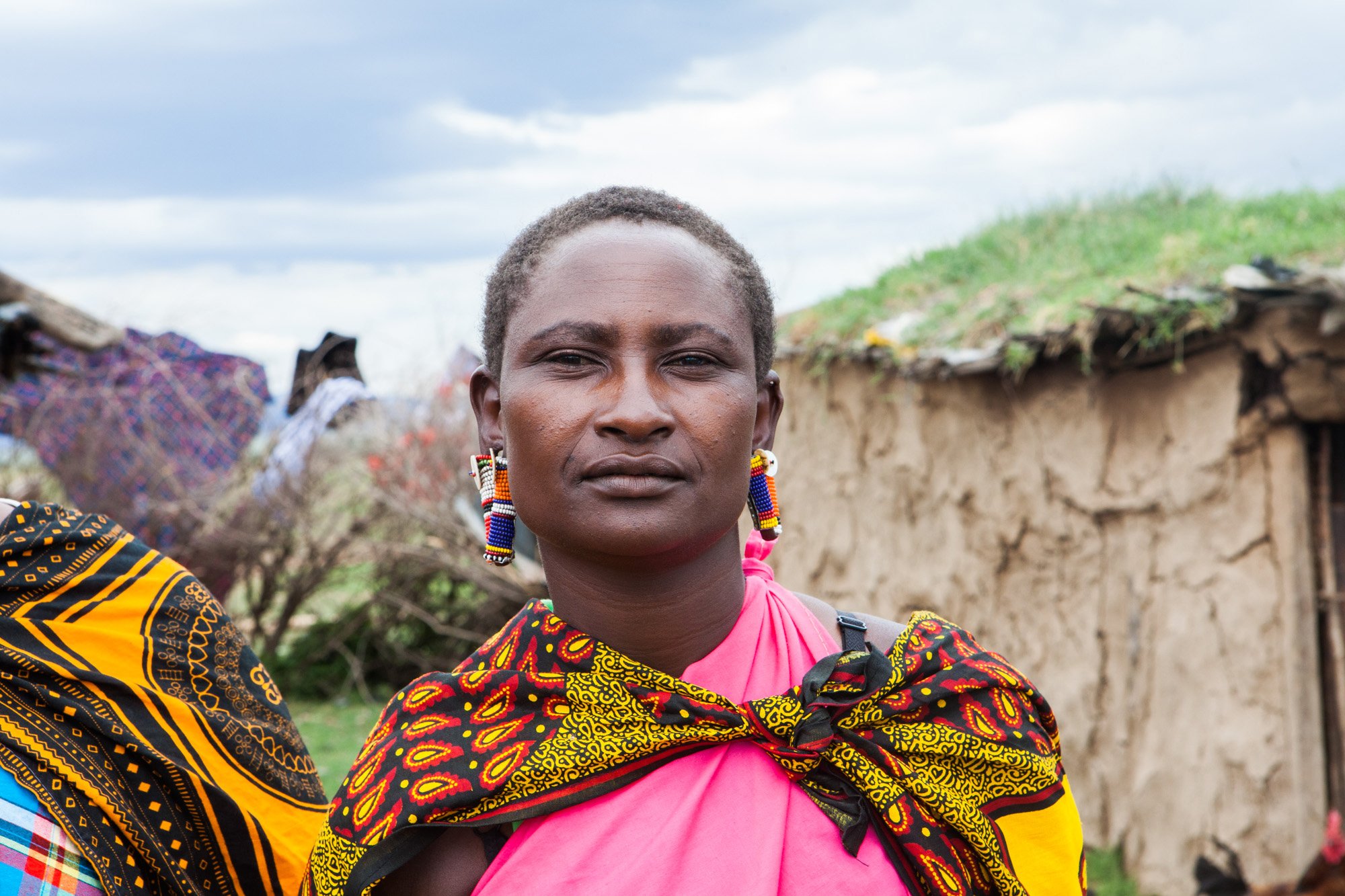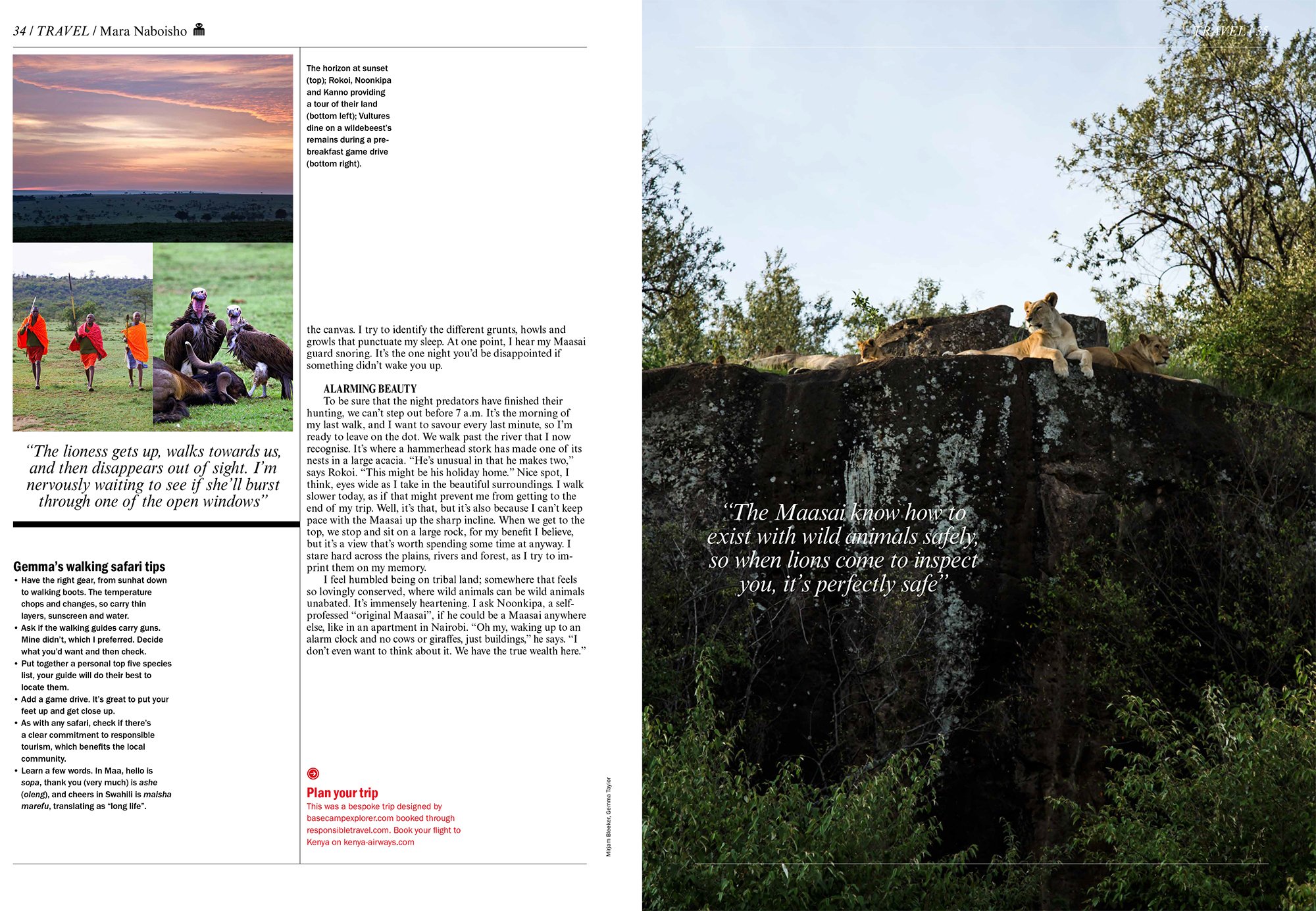
Walking in the Maasai Mara
The glow wakes me. It’s my first morning in Mara Naboisho, not yet 6.a.m. The side of my tent must have been quietly rolled up while I slept, so that the morning could reveal itself to me. From bed, clutching my hot water bottle, I watch the baboons return home - they’re walking up the hill towards me, my tired eyes wide-open at the sight. In the distance, male topi lock horns (you can hear them clash), warthogs cavort, and zebras graze unfazed.
After a flask of tea, it’s time to walk into that same view. I’m mere steps from my tent when elephant dung is first pointed out - it’s about 50cm in diameter. It’s exhilarating knowing I’m standing in the same spot as the one who left it. My guide, Rokoi, informs me that there’s a good chance of seeing the culprit at some point over the next few days - or one of its kind at least.
Elephants, and indeed all species, have increased in Naboisho - and across Kenya as a whole. The nearly 600 Maasai families, who own this area, have collectively set it aside for wildlife. The distinctive land – with iconic acacia trees – is deeply entwined with their heritage. Opening up the land up to managed tourism has meant change. It is a route that’s been taken in order to prevent exploitation, keep the land in Maasai hands, and protect the species they have shared their habitat with for generations.
Into the Lion’s Den was commissioned as a cover story for Msafiri, Kenya Airways’ in-flight magazine.
